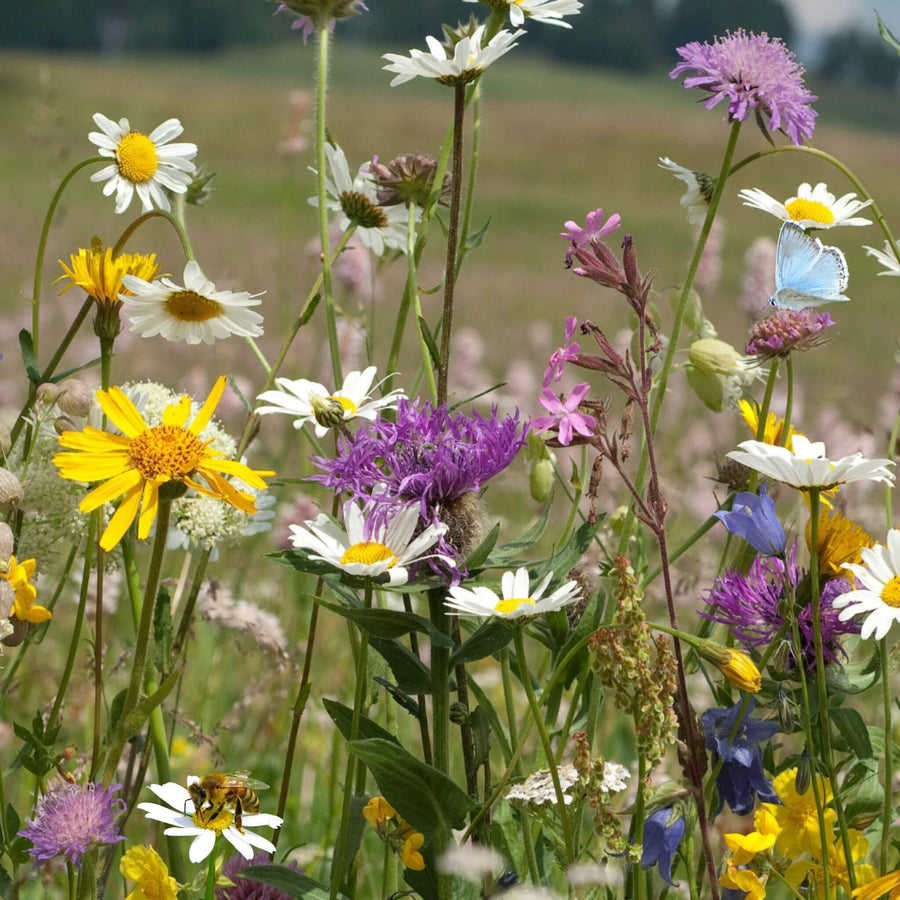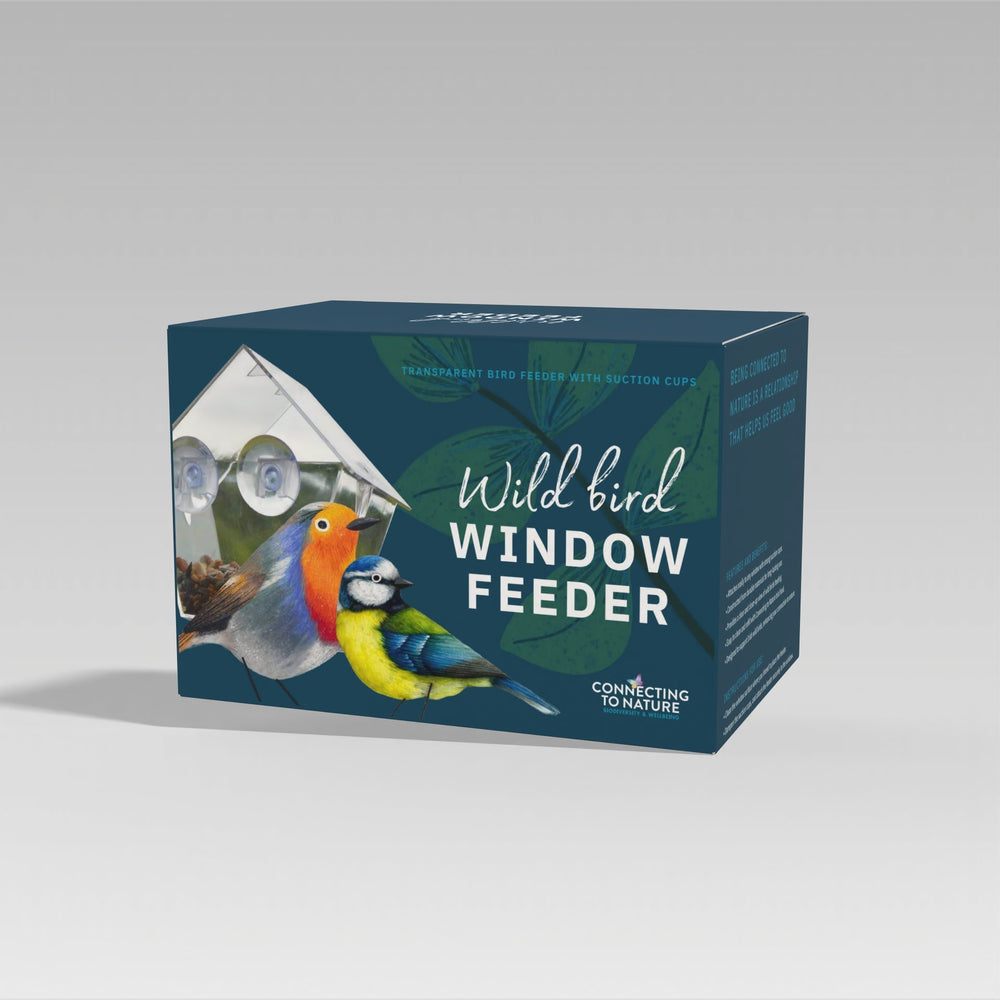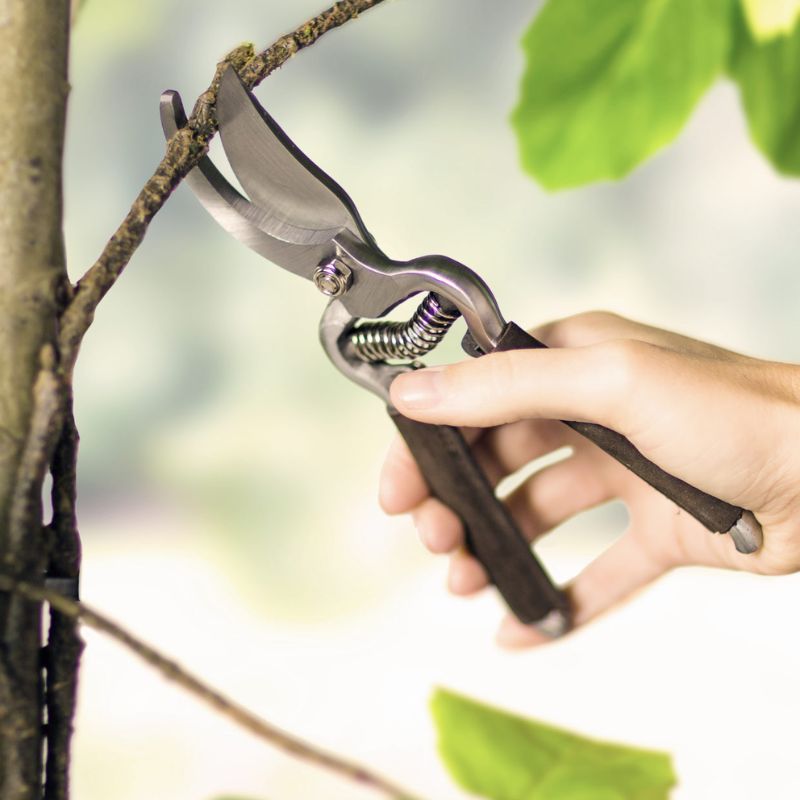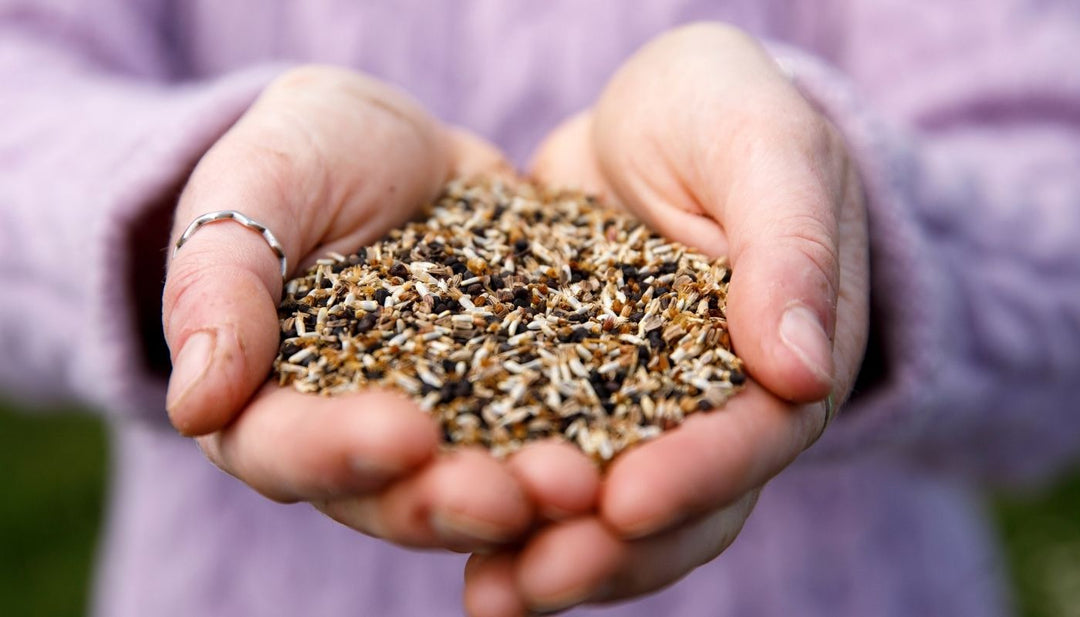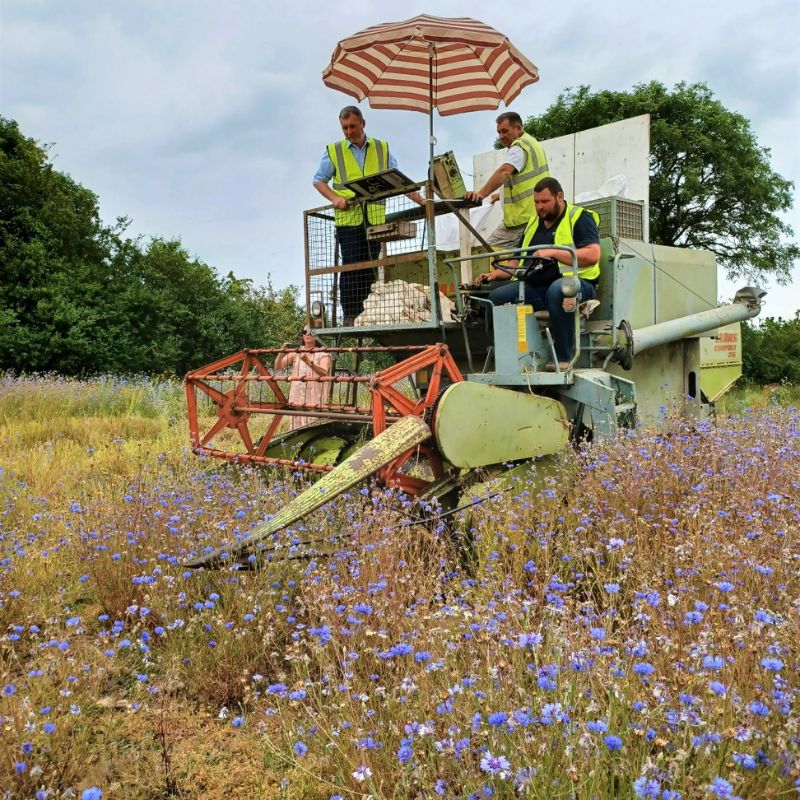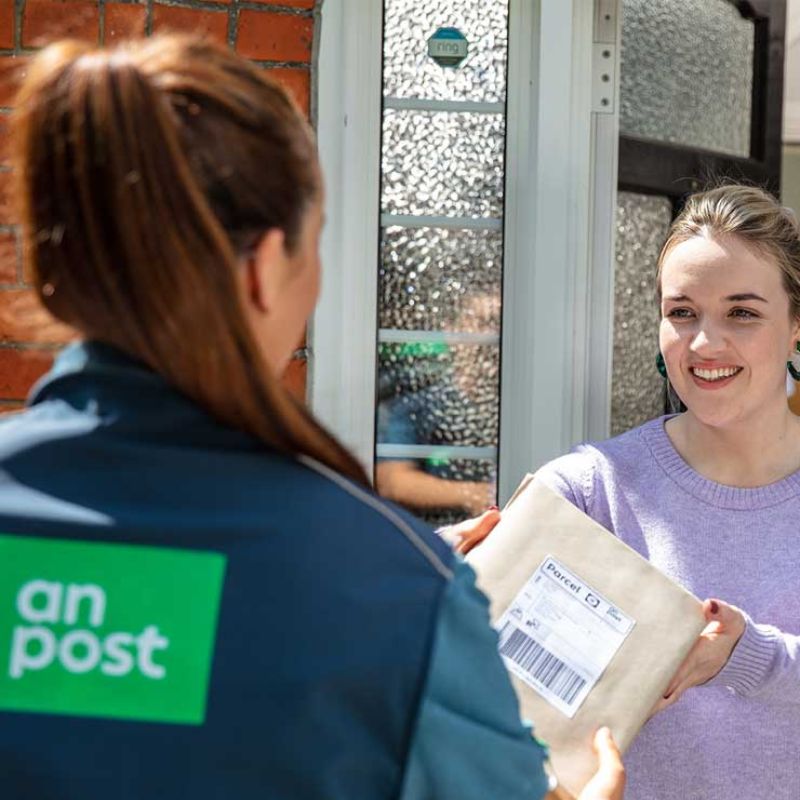The Hungry Gap - What it is & how to help Irish wild birds through it
February 1st represents the start of Spring in the old Irish calendar, a time of new beginnings and the promise of brighter and warmer days to come.
For Irish garden birds, however, there is still a long way to go before they experience the real benefits of Spring as we continue in ‘The Hungry Gap’.
What is 'The Hungry Gap'?
The hungry gap is the most challenging time of year for Irish wild birds when natural food sources are at their lowest. Berries, seeds and grains that were plentiful during the autumn and early winter have been depleted, and little to no natural foods are left for the birds to find. This period of scarcity will last from January right into March.
Despite all this, several common garden bird species, such as the Robin and Blackbird, still must nest and hatch their offspring by the time March rolls around. Laying and nesting require considerable energy for these wild birds.
Increased competition for available food puts pressure on our native bird species as other birds of the same species will have travelled from the colder conditions of mainland Europe to the much milder environments of Ireland and the UK. For example, there could be a resident blackbird nesting on eggs in your garden. At the same time, Blackbirds from Scandinavia are still waiting for the weather to break so they can head back home. All these birds will be competing for the same food resources.
The importance of feeding the right foods to Irish garden birds
The Hungry Gap poses a time that is more important than ever to ensure we are offering the right foods to the Irish wild birds visiting our gardens.
Connecting to Nature specialise in different types of food, depending on the time of year, so now, as we are in the Hungry Gap, we recommend high energy foods such as suet based products – fat balls and suet coated oat flakes are two great examples.
Many Irish songbirds are ‘soft beak eaters’, meaning they can’t remove husks from seeds. Offering these birds a ‘No-Mess’ bird food mixture will ensure you are offering de-hulled seeds. Ingredients such as peeled sunflower hearts, fruit and soft grains such as suet-coated oats will support a nutritionally balanced diet. All of these ingredients can be found in our Hi-Energy No Mess mix. Remember that many Irish songbirds such as the Robin will only feed on flat feeders like bird tables or ground feeders, so make sure to have a variety of bird feeders in your garden to accommodate different species.
Did you know that other common garden birds, such as the Blue Tits, can delay their breeding into April? They wait for the leaves of the native Oak trees to unfurl so that when their young have hatched, the Caterpillars that are attracted to Oak leaves are in plentiful supply. Caterpillars are the principal food Blue Tits feed their young. However, if you live in an area with few native trees, or if, like last year, the leaves on the trees are delayed a couple of weeks, then these caterpillars will be hard to find.
Mealworms are the perfect high protein alternative for many species of the tit family and should be supplemented with other nutritional foods such as suet-coated oat flakes and fruits. Our Robin and Songbird mix includes all of these essential ingredients to provide these Irish garden birds with the protein and nutrients required at this critical stage of their life.
By offering a diverse, high-quality wild bird food mix in different types of feeders, you are sure to support a variety of Irish wild bird species, helping them through the hungry gap.
Feeding wild birds is a wonderful way to support biodiversity and feel closer to the natural and living world in your everyday environment, a relationship that makes us feel good!
Ground yourself in nature


